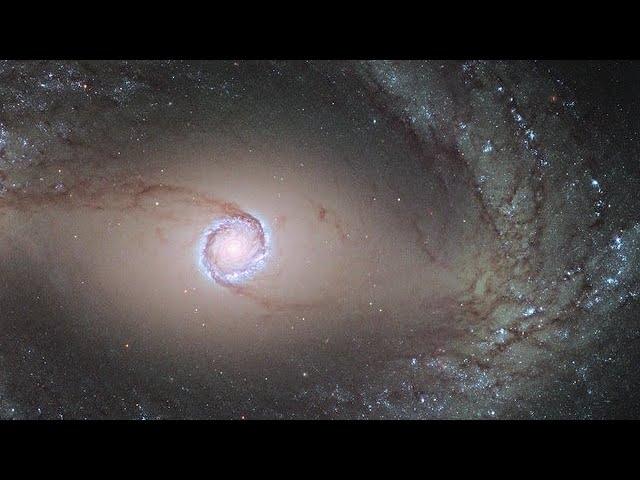Outer Space & Universe
Outer Space & Universe
Space, also known as outer space, is the near-vacuum between celestial bodies. It is where everything (all of the planets, stars, galaxies and other objects) is found.
On Earth, space begins at the Kármán line (100 km above sea level). This is where Earth's atmosphere is said to stop and outer space begins. This is not a firm boundary but is a convention used by scientists and diplomats.
Items in space are free to move back and forth; up and down; and left and right. These three dimensions are what make 3D space. Items also move forward through time, which is sometimes called the fourth dimension.
The majority of space contains very little matter and so most of it is a vacuum. Scientists do not know how big space is but we do know that space is extremely big, and is always expanding.
According to the big bang theory, all matter and energy in the Universe was compressed into a very small space. Then it exploded and started expanding. Space is still growing in size today; this means the distance from one galaxy to distant galaxies is getting longer.
Gravity is the force that keeps the Moon in orbit around the Earth and the planets in orbit around the Sun. Gravity can stretch and bend space similar to how a heavy ball placed on a stretched sheet of rubber will cause the rubber to stretch. The scientist who discovered that space can bend is named Albert Einstein. How gravity bends space is part of his theory of general relativity.
Astronauts, Cosmonauts, Taikonauts and Spationauts
An astronaut is any person who is trained by NASA to travel and perform tasks in space. Although the space traveler may not necessarily be a United States citizen, each astronaut does go through a rigorous training regiment by the National Aeronautics and Space Administration. Other space travelers go by other names then astronaut depending on their country of origin.
In the United States, astronaut is derived from the Greek words ástron (star) and nautis (sailor). While, in Russia, a space traveler goes by the name космонавт (English: cosmonaut), which is derived from the Greek words kosmos (universe) and nautis (sailor). Westerners call a space traveler from China a taikonaut, based on the 1998 writings of Chiew Lee Yik and Chen Lan where the term tàikōng (great emptiness), Chinese for “space”. In China, the term yuháng yuán (universe navigator) is used for space traveler.
Only the United States of America (United States), Russia (earlier, the Union of Soviet Socialist Republics), and the People’s Republic of China (China) have sent manned spacecraft into space. Other countries have assisted these countries by sending their own space travelers on space missions. For instance, a French space traveler is called a spationaut (from the French word spationaute), which is derived from the Latin spatium (space) and Greek nautis (sailor). (plural in Greek nautes = sailors)
-
02:02
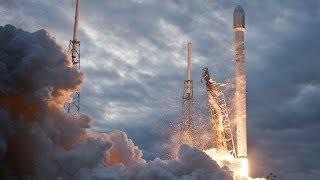
Mission Overview | THAICOM 6 Launch
Added 426 Views / 0 LikesOn January 6, 2014, SpaceX successfully launched the THAICOM 6 satellite for leading Asian satellite operator THAICOM, marking the second successful GTO flight for the upgraded Falcon 9 launch vehicle. Falcon 9 delivered THAICOM 6 to its targeted 295 x 90
-
01:20
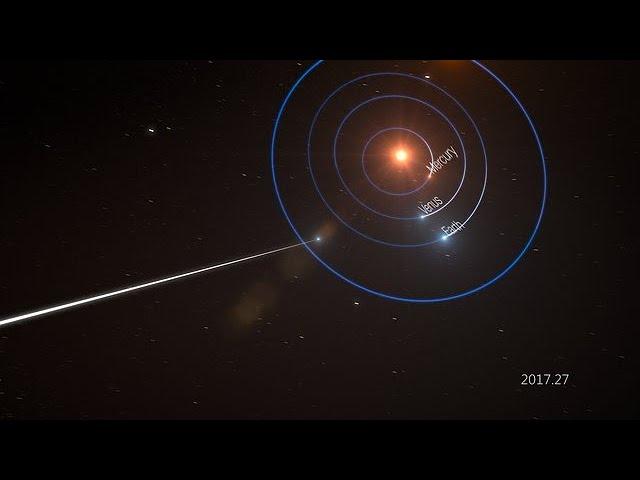
Animation of `Oumuamua passing through the Solar System (annotated)
Added 426 Views / 0 LikesThis animation (annotated) shows the path of the interstellar object `Oumuamua through the Solar System. Unlike all other asteroids and comets observed before, this body is not bound by gravity to the Sun. It has come from interstellar space and will retu
-
06:13
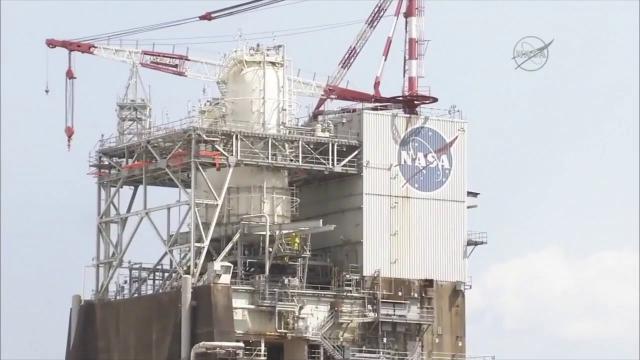
NASA SLS Rocket Engine Fired Up to Test Flight Controller
Added 426 Views / 0 LikesThe Aerojet Rocketdyne developmental RS-25 rocket engine was test fired for 319 second to test a new flight controller. The test occured at the John C. Stennis Space Center in Mississippi. Credit: NASA
-
13:13
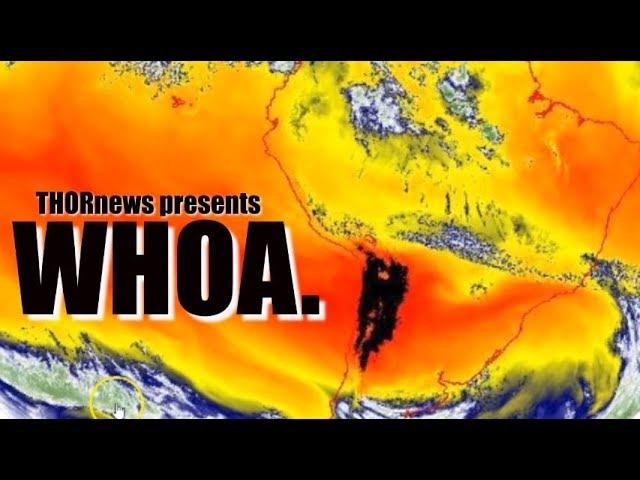
Wild Weather Days Ahead - The Atlantic, N. USA & S. America
Added 426 Views / 0 LikesIt's getting cray cray.God bless everyone,Thttps://www.paypal.me/THORnewsTshirtshttps://hitthebuttonbaby.com/THORNEWS PO BOX 35946HOUSTON TEXAS77235-5946the crankywxguy bloghttp://www.stormhamster.com/entry/e082818.htmthe wave masterhttps://dabuh.com/mike
-
05:00
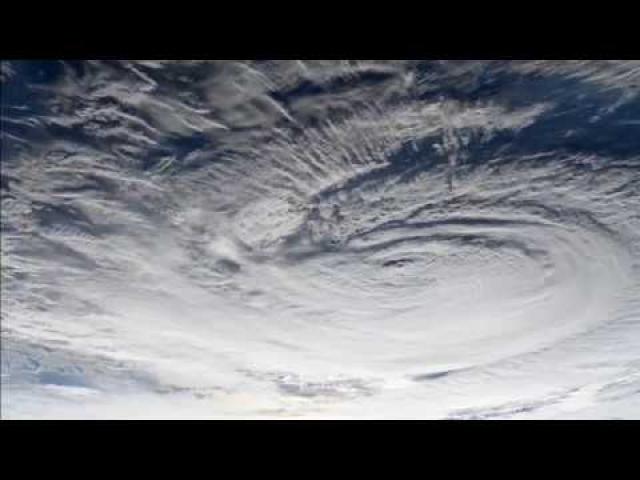
Hurricane Florence's Landfall Seen From Space Station
Added 426 Views / 0 LikesThe category 1 hurricane made landfall on Sept. 14, 2018. Cameras aboard the International Space Station captured the storm.Credit: NASA Johnson Space Center
-
07:15
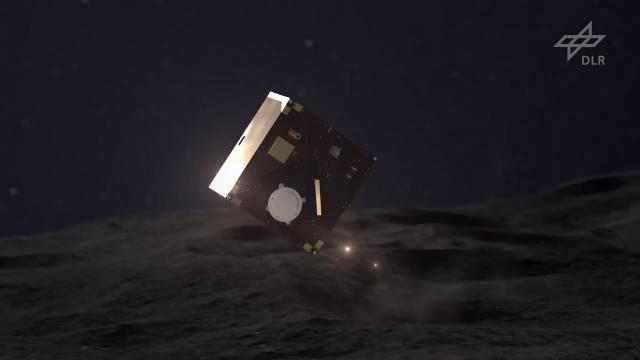
MASCOT on Asteroid Ryugu - Landing and Instruments Detailed in Animation
Added 426 Views / 0 LikesThe JAXA Hayabusa2 mission is carrying the German-built Mobile Asteroid Surface Scout (MASCOT). Find out how it will and on the asteroid Ryugu and what instrumentation its carrying to study the space rock. -- Learn more about MASCOT: https://www.space.com
-
07:19
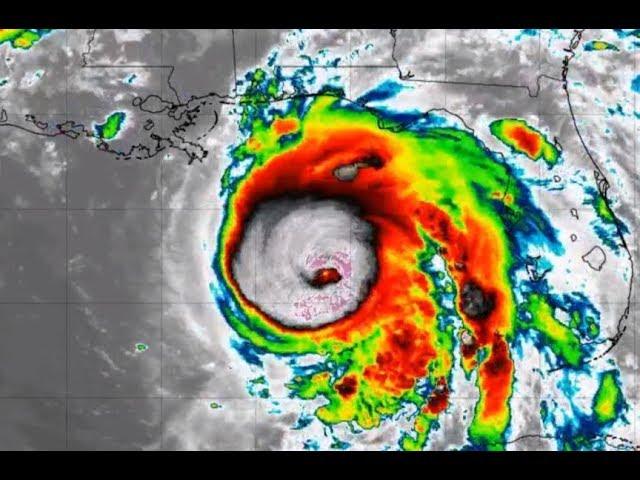
Hurricane Michael = 50 foot waves & Strong Category 4 projected at landfall.
Added 426 Views / 0 Likes19 more hours to develop, no wind shear, no dry air & Wilma went from TS to Cat 5 in 54 Hours, It is within the realm of possibilities that Michael can go from Car 3 to cat 5 in 19 hours. God bless everyone, Thttps://www.paypal.me/THORnewsTshirtshttps://h
-
18:25
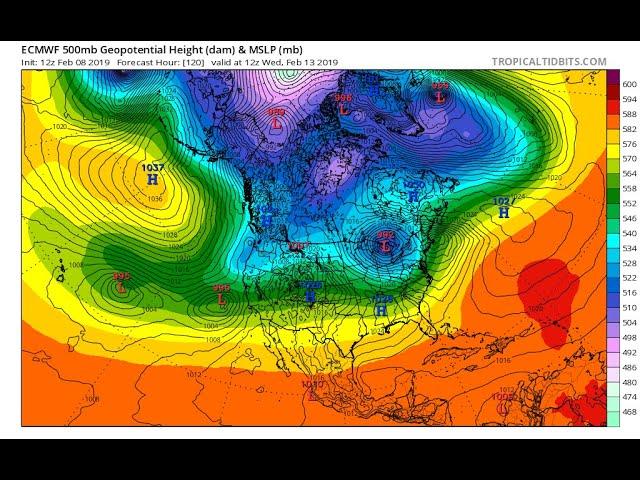
a cuddly look at the Wild, Wild Weather. West Coast. Hawaii. East Coast.
Added 426 Views / 0 LikesI love y'all. y'all are awesome.God bless everyone,Thttps://www.paypal.me/THORnews@newTHOR on twitterhttps://www.facebook.com/thornewsgoTshirtshttps://hitthebuttonbaby.com/the crankywxguy bloghttp://www.stormhamster.com/entry/e010319.htmmike's weather pag
-
03:29
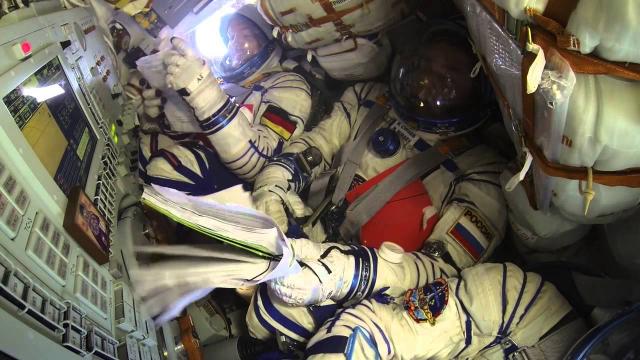
Cramped Ride From Orbit Via Soyuz | Video
Added 425 Views / 0 LikesCramped Ride From Orbit Via Soyuz | Video
-
10:04
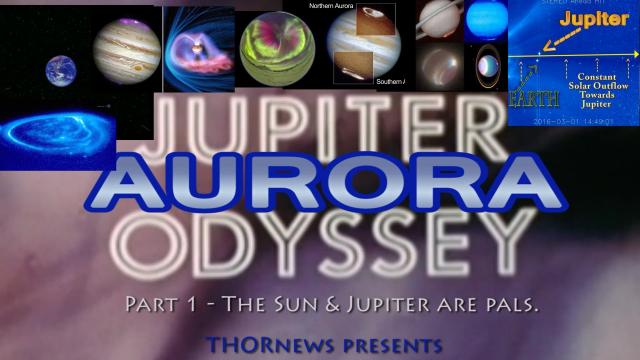
The Sun is lighting up Jupiter like a Candle,
Added 425 Views / 0 LikesThe Sun is lighting up Jupiter like a Candle,
-
34:15
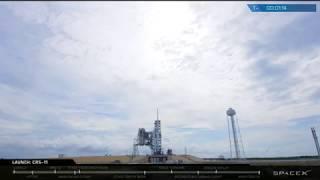
CRS-11 Hosted Webcast
Added 425 Views / 0 LikesSpaceX is targeting launch of its eleventh Commercial Resupply Services mission (CRS-11) from Launch Complex 39A (LC-39A) at NASA’s Kennedy Space Center in Florida. The instantaneous launch window is on Saturday, June 3 at 5:07 p.m. EDT or 21:07 UTC, with
-
18:08
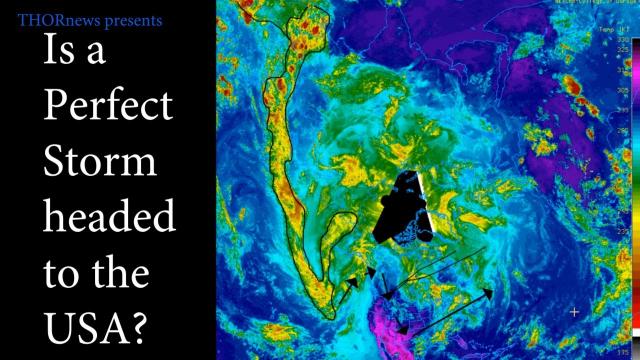
Is the 'PERFECT STORM' headed to the USA? & floods to return June 3rd-6th
Added 425 Views / 0 LikesIs the 'PERFECT STORM' headed to the USA? & floods to return June 3rd-6th
-
01:02
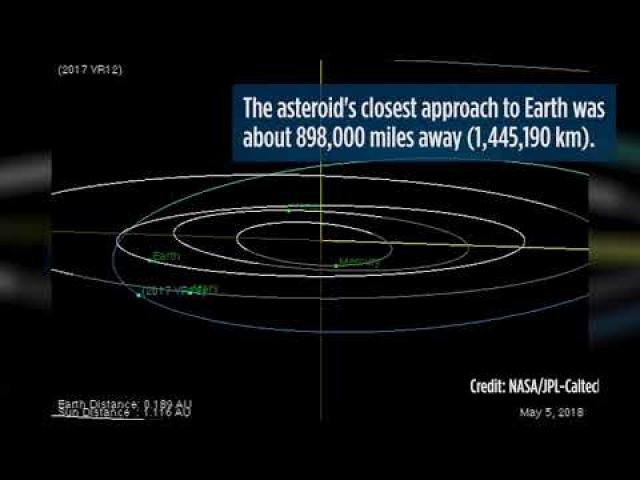
Stadium-Size Asteroid's Earth Fly-By Captured by Telescope
Added 425 Views / 0 LikesAsteroid 2017 VR12 safely flew by Earth on Mar. 7, 2018. Its closest approach to Earth was about 898,000 miles away (1,445,190 km). Gianluca Masi (Virtual Telescope Project) and Michael Schwartz (Tenagra Observatories) snapped imagery of the estimated 840
-
02:24
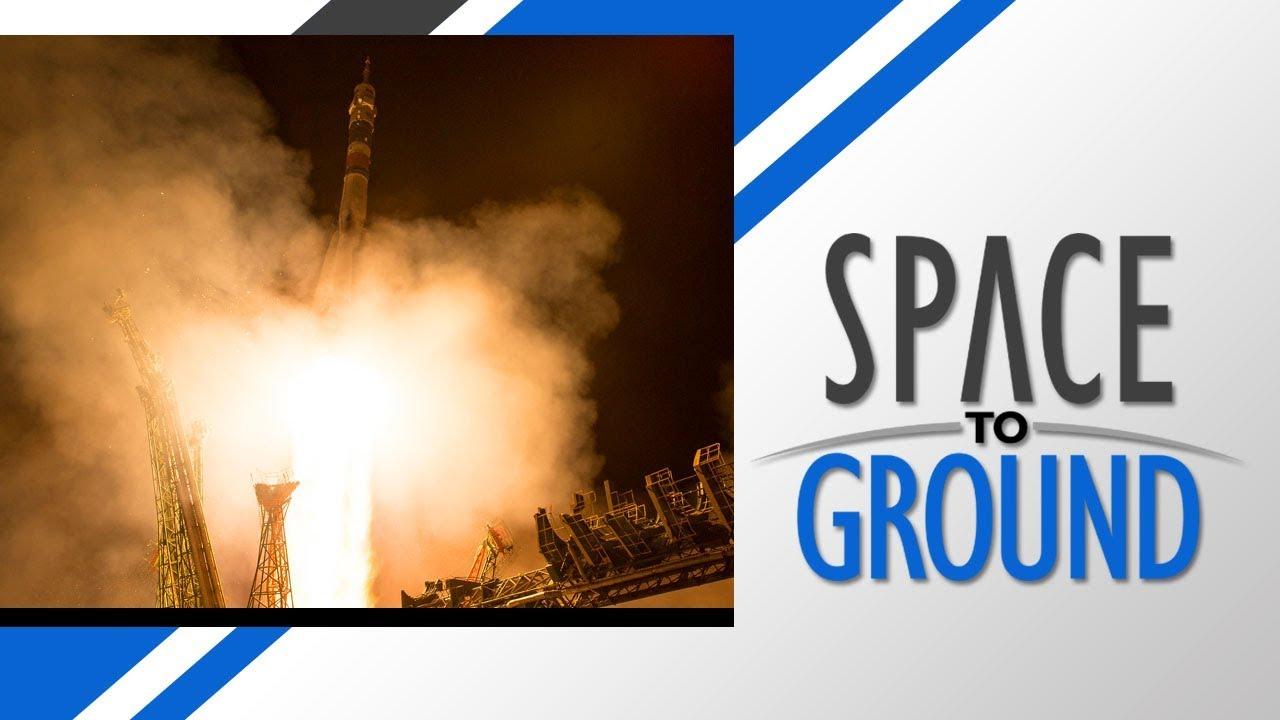
Space to Ground: Night Launch: 03/23/2018
Added 425 Views / 0 LikesNASA's Space to Ground is your weekly update on what's happening aboard the International Space Station. Got a question or comment? Use #spacetoground to talk to us.For more information about STEM on Station:https://www.nasa.gov/audience/foreducators/stem
-
02:11
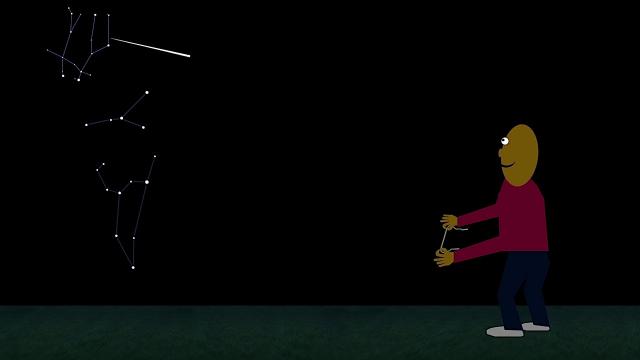
Quadrantid Meteors and a Super Blue Blood-Moon in Jan. 2018 Skywatching
Added 425 Views / 0 LikesQuadrantid Meteors and a Super Blue Blood-Moon in Jan. 2018 Skywatching
-
01:49

When Cool Science Gets Positively COLD
Added 425 Views / 0 LikesThe new Cold Atom Lab (CAL) facility could help answer some big questions in modern physics. CAL produces clouds of atoms that are ten billion times colder than deep space. The facility uses lasers and magnetic forces to freeze the atoms until they are al
-
02:27
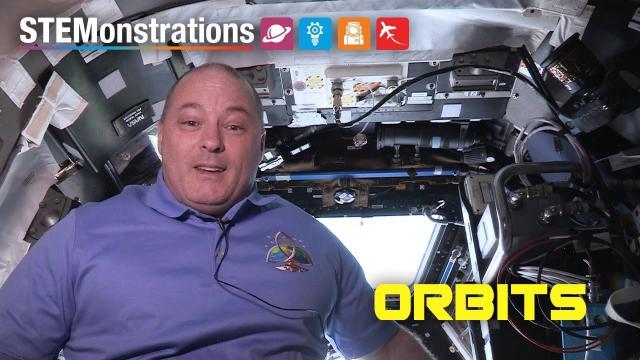
STEMonstrations: Orbits
Added 425 Views / 0 LikesWatch NASA astronaut Scott Tingle demonstrate the orbit of spacecraft such as the International Space Station! Can you solve for the distance the station travels in one orbit around the planet? Be sure to check out https://www.nasa.gov/stemonstrations for
-
01:23
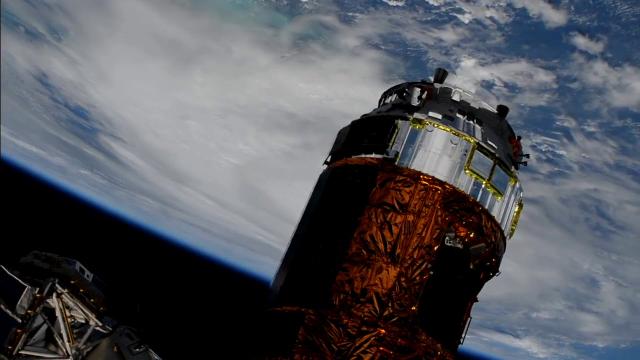
Hurricane Michael Captured by Space Station Cameras
Added 425 Views / 0 LikesCameras outside the International Space Station captured video of Hurricane Micheal over the Gulf of Mexico on Oct. 9, 2018. -- More Video/Images of Hurricane Michael: https://www.space.com/42064-hurricane-michael-first-satellite-photos-video.htmlCredit:
-
00:59
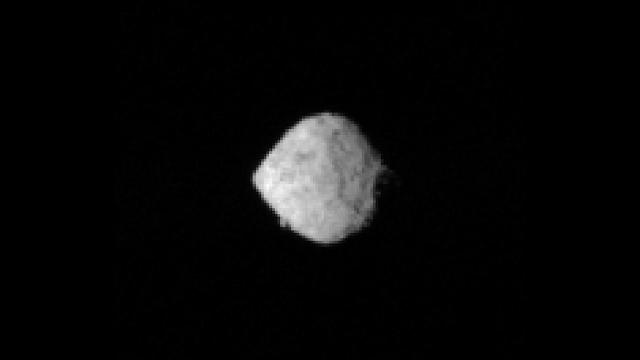
Zoom Into Asteroid Bennu - NASA's OSIRIS-REx Mission Imagery
Added 425 Views / 0 LikesNASA's OSIRIS-REx mission has been capturing mission of its target, asteroid Bennu. -- Another Space Diamond!: https://www.space.com/42304-asteroid-bennu-diamond-photo-nasa-osiris-rex.htmlCredit: NASA

